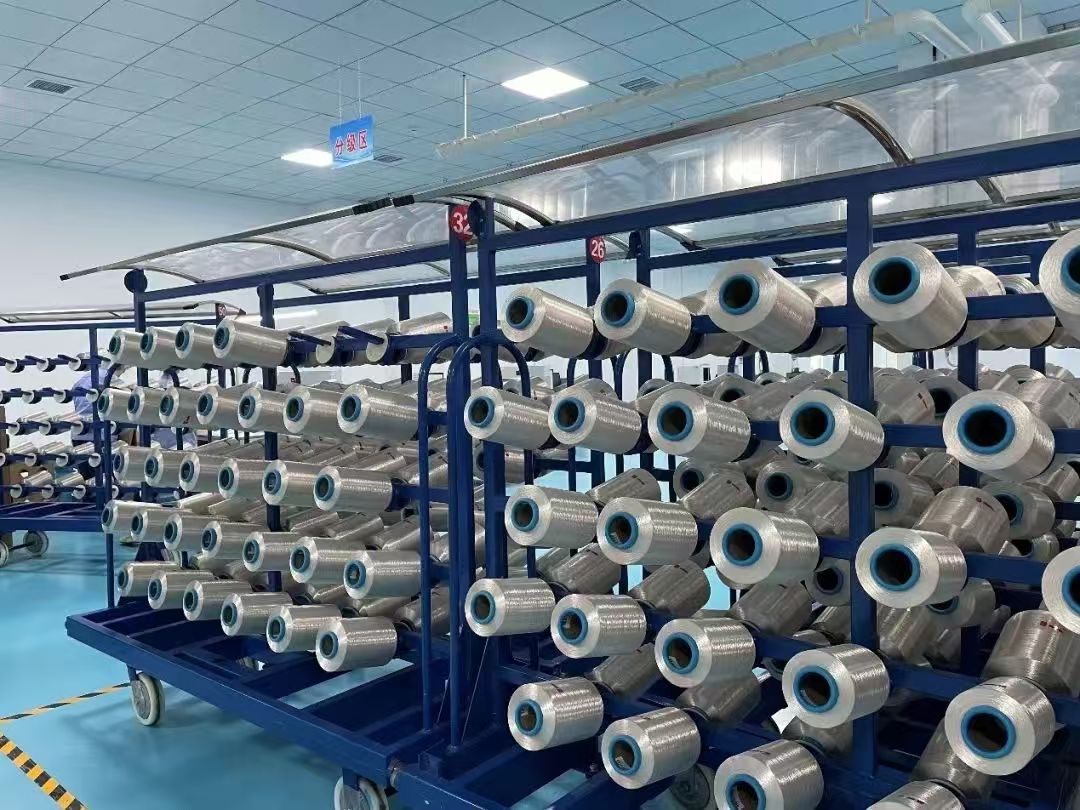The world's first thousand-ton-scale ionic liquid-based regenerated cellulose fiber project has officially commenced operations in Henan Province, China. Developed by the Institute of Process Engineering (IPE) of the Chinese Academy of Sciences, the project marks the first large-scale global production of regenerated cellulose fibers using ionic liquids.
This pioneering technology eliminates the need for toxic or explosive solvents traditionally used in fiber production, such as carbon disulfide and NMMO, by employing non-volatile, stable ionic liquids. As a result, the entire process achieves near-zero emissions, with no discharge of wastewater, waste gas, or solid waste.
Ionic liquids are a novel class of media composed of organic cations and organic/inorganic anions. They possess an ionic structure similar to that of table salt (NaCl) and are non-volatile, existing as low-temperature molten salts that are liquid at or near room temperature. Compared to traditional solvents, ionic liquids exhibit a series of superior characteristics, such as high polarity, low volatility, oxidation resistance, and structurally designable and tunable properties, as well as excellent solubility for inorganic and organic compounds, along with polymeric materials.
This technology uses non-volatile, stable ionic liquids as solvents to replace toxic solvents, thereby eliminating the need for strong acids, bases, and carbon disulfide. Meanwhile, ionic liquid recovery technology simplifies the production process, making it greener, more stable, and safer. Compared to traditional fossil fibers, the new process is estimated to reduce carbon dioxide emissions by an estimated 5,000 tons per year, with a solvent recovery rate exceeding 99%.
"This marks the true transformation of cutting-edge ionic liquid spinning technology from lab concept to industrial reality," said Prof. ZHANG Suojiang, lead scientist of the IPE ionic liquids team that developed the technology. "It redefines sustainable fiber manufacturing."
The successful commercialization follows more than a decade of research and development. The IPE team tackled key challenges in ionic liquid design and preparation, cellulose dissolution, spinning process optimization, solvent recovery, and system integration. The technology was validated through successive scaling stages, moving from lab- and ton-scale trials to a 100-ton demonstration, and finally to a continuous, stable 1,000-ton production line.
The resulting filament products meet international quality standards for fineness, tensile strength, elongation, and uniformity.
"This project sets a new benchmark for green industrialization and will play a key role in achieving China's dual carbon goals," said DUAN Xiaoping, vice president of the China Textile Industry Federation. "It can significantly contribute solid industrial strength to the construction of ecological civilization."

Ionic liquid-based cellulose fiber (Image by IPE)






